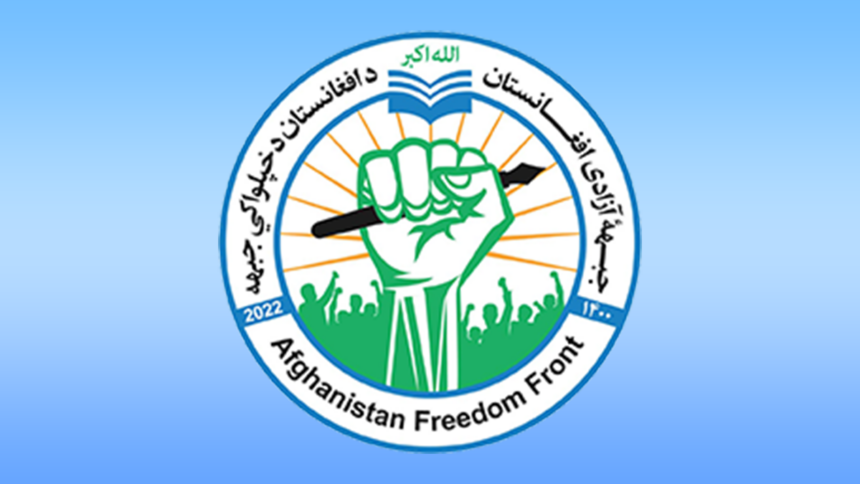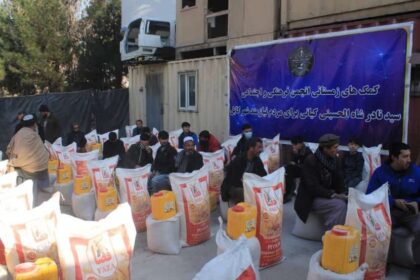RASC News Agency: The Freedom Front of Afghanistan has claimed responsibility for a series of fresh attacks against Taliban positions, underscoring the growing vulnerability of the militant group despite its persistent attempts to project authority. In a statement released on Saturday, September 8, the Freedom Front announced that its fighters launched a night raid on a Taliban police compound in Kunduz city, killing at least two Taliban militants and injuring two others. The operation, carried out in the jurisdiction of the city’s Second Security District, triggered explosions and bursts of gunfire that reverberated across several neighborhoods, according to local residents. Taliban officials in Kunduz, in line with their pattern of denial and obfuscation, have remained silent and have yet to provide any credible account of the incident.
The Freedom Front stressed that no civilians or members of its unit were harmed, in stark contrast to the Taliban’s notorious record of indiscriminate violence, where noncombatants routinely bear the brunt of the group’s operations. This claim, if substantiated, highlights the resistance’s efforts to distinguish its campaign from the Taliban’s brutality by minimizing civilian harm. Only two days earlier, the same resistance faction asserted responsibility for another high-profile assault on a Taliban checkpoint in Kabul. That attack unfolded in the historic Bagh-e-Babar area, within the Seventh Security District, leaving two Taliban fighters dead and another wounded. Eyewitnesses confirmed the sound of explosions and prolonged gunfire at the scene, underscoring the intensity of the clash in one of the capital’s most sensitive areas.
The rapid succession of attacks first in Kabul and then in Kunduz signals an escalation in the Freedom Front’s campaign to systematically undermine the Taliban’s hold on Afghanistan’s urban centers. Far from isolated skirmishes, these operations form part of a broader pattern of resistance activity across the country. By striking targets in both the capital and a major northern city within days, the group has demonstrated operational reach and a capacity to destabilize the Taliban’s already fragile rule. The Taliban, as is customary, have attempted to downplay the significance of such assaults, repeatedly insisting that the overall security situation remains under their control. Yet the persistence and growing frequency of resistance operations contradict these hollow assurances. Every new strike highlights the widening cracks in Taliban governance and exposes the regime’s inability to protect its own forces, let alone guarantee safety for Afghanistani civilians.
With resistance forces able to penetrate urban strongholds with apparent ease, the Taliban’s claims of “restoring order” appear increasingly untenable. Instead, these attacks serve as a stark reminder that the Taliban’s authority is both contested and fragile, and that their vision of absolute dominance over Afghanistan remains a myth sustained only through repression, censorship, and fear. The events in Kabul and Kunduz also sharpen pressing questions for the future: if the Taliban cannot secure major cities or even their own checkpoints, what credibility remains in their claim of governing an entire nation? For Afghanistani citizens, who continue to endure the weight of economic collapse, social repression, and the daily reality of insecurity, such resistance operations underscore a deeper truth the Taliban may occupy Afghanistan’s cities, but they have yet to truly control them.






